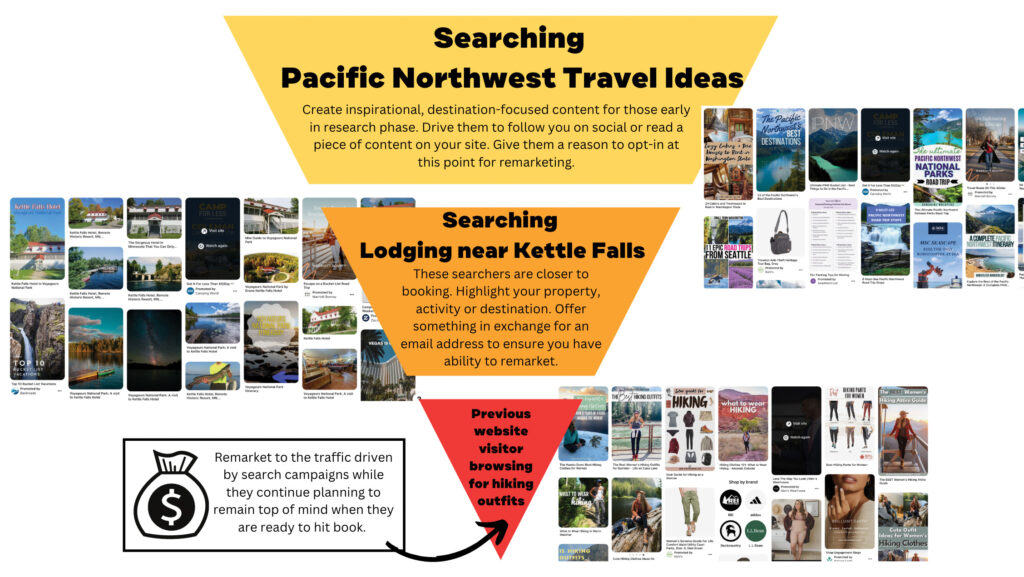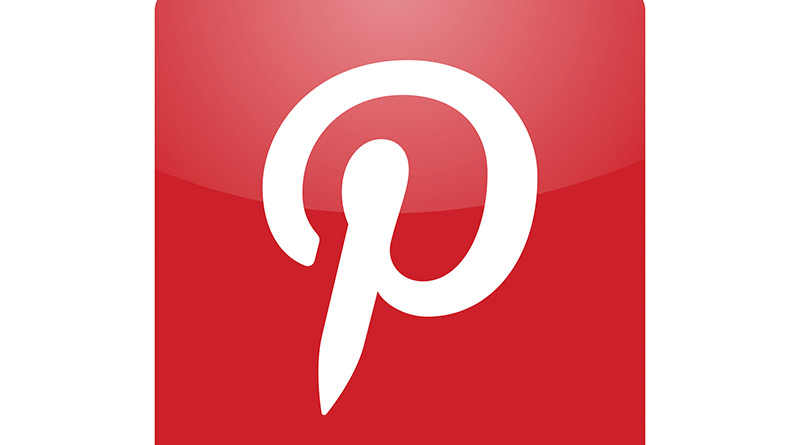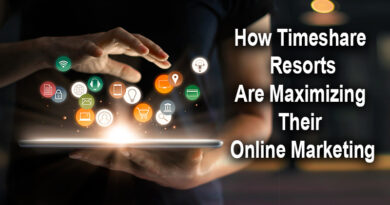Pinterest: The Ultimate Online Destination for Hospitality Companies to Thrive
There’s about 47,356,346 different things people do on Facebook…
From scrolling their newsfeed, to playing games, engaging in heated debates, interacting in specific groups, shopping, selling…the list goes on and on.
There’s about 4 different things people do on Pinterest…
- Home: home decor, design, how-tos and renovation ideas
- Cooking: browse recipes, tutorials
- Style: style/outfit inspiration, hairstyles, accessories
- Planning: travel, vacations, events (like weddings, parties, reunions)
If you’re marketing anything in the travel and tourism space from stays to activities, it’s MUCH easier (and affordable!) to connect with hot leads who are ready to book or buy on Pinterest than Facebook (or any other social media platform).
Pinterest is where motivated, engaged planners go. If that’s not enough to convince you that Pinterest should be part of your strategy, maybe one of the following points will.

PAID & ORGANIC OPPORTUNITIES
Many travel companies and resorts are already investing in content – either video content or written blogs. You put this content on your website for SEO and then share a link on Facebook, maybe post it on Instagram. But organically, that content will go the furthest if you publish links to it on Pinterest.
Facebook and Instagram are meant for quick scrolling, but Pinterest is made for saving and organizing (“pinning” as users fondly call it). It’s also made for searching for ideas (aka the things that your content should contain). So, one blog article repurposed into a Pinterest post may get traffic for several years. On Facebook it’ll be gone within days, lost to the bottom of the feed.
That’s just an organic opportunity. If you do nothing else, publish your content on Pinterest. Strategically come up with board organization that suits you and craft content to fill those boards. Your content will drive traffic for years.
Then there’s the paid opportunity. Pinterest’s paid ads are one of the smartest investments a travel company can make. With the right paid ad strategy, getting leads on Pinterest is easier than hitting the broad side of a barn.
Related: The Essential Ways Pinterest Helps Market Resorts and Hotels
INTENT-BASED TARGETING
Part of the reason Pinterest’s paid ads have such a high ROI is their targeting options. Pinterest lets you target by search term. Search term targeting allows advertisers to narrow in on people who are actively in a specific search process. For example, someone searching “best resorts in Gatlinburg” is valuable to a resort in that area. It’s the reason Google Ads are a bottom funnel strategy – searchers are typically highly motivated and the ads they are shown can be highly specific and customized to them.
So why not just use Google? Because Google is more expensive.
One case study from a client running ads on Google, Meta (Facebook and Instagram) and Pinterest received the following results:
Cost Per Thousand Impressions:
- Pinterest = $4.74
- Facebook = $26.96
- Instagram = $34.07
- Google = $407.57
Google is expensive because there’s more competition and less inventory on searches. There’s more paid and organic competition for “Hawaiian vacation” searches on Google than Pinterest. Facebook and Instagram have a million companies, in a million different industries competing for limited, premium ad space, so again it’s more competitive. Meta also doesn’t capture people during their research process as well as Google and Pinterest can. Pinterest is often overlooked for Google and Meta, but savvy companies can use that to their benefit by developing a Pinterest strategy.
Whether someone’s search is high in the funnel, showing they are just browsing (like pacific northwest travel ideas) or someone in the middle of the funnel, showing they are actively researching an actual trip (like best places to stay in Kettle Falls, WA) to bottom of the funnel where they are ready to book (show them a remarketing ad to remain top of mind when they are ready to book).
Related: Resorts Not Investing In Social Media Are Losing $$$
TRACK NON-BOOKERS
An important part of making a Pinterest strategy work well is tracking all your efforts. Pinterest has a pixel that easily allows you to create an audience populated with people who have visited your website or interacted with your content, but not booked yet.
Properly tracking with this pixel also gives you the ability to feed Pinterest data on who is converting, so they can show your ads to more people who look like that audience over time.
Pinterest is a valuable platform for travel and tourism companies to connect with leads and drive traffic to their website through both organic and paid opportunities. With intent-based targeting and lower costs per impression compared to other social media platforms, Pinterest can offer a high ROI for companies willing to develop a strategic presence. By tracking non-bookers and leveraging the platform’s features such as search term targeting and pixel tracking, companies can reach potential customers at every stage of the funnel and remain top of mind for when they are ready to book.
Success on Pinterest is hinged on one thing – a strategy. Work with so meone familiar with the platform to at least develop a plan for how to engage people at all phases of their travel planning.
Kelley Ellert is a marketing consultant and strategist who is on a constant search for ways to modernize resort marketing and chat strategy with other travel professionals. Look her up on LinkedIn @kelley-ellert.



